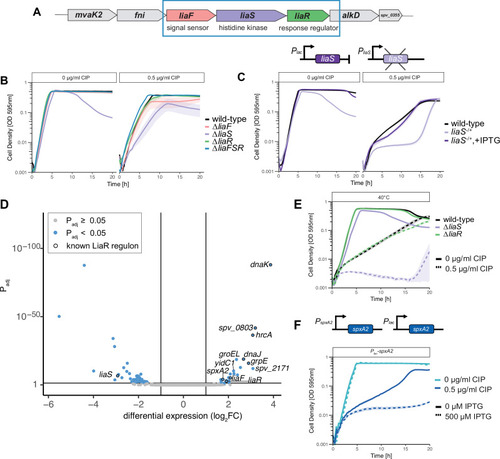Fig. 3
- ID
- ZDB-FIG-250716-89
- Publication
- Sewgoolam et al., 2025 - Genome-wide antibiotic-CRISPRi profiling identifies LiaR activation as a strategy to resensitize fluoroquinolone-resistant Streptococcus pneumoniae
- Other Figures
- All Figure Page
- Back to All Figure Page
|
Deleting |

